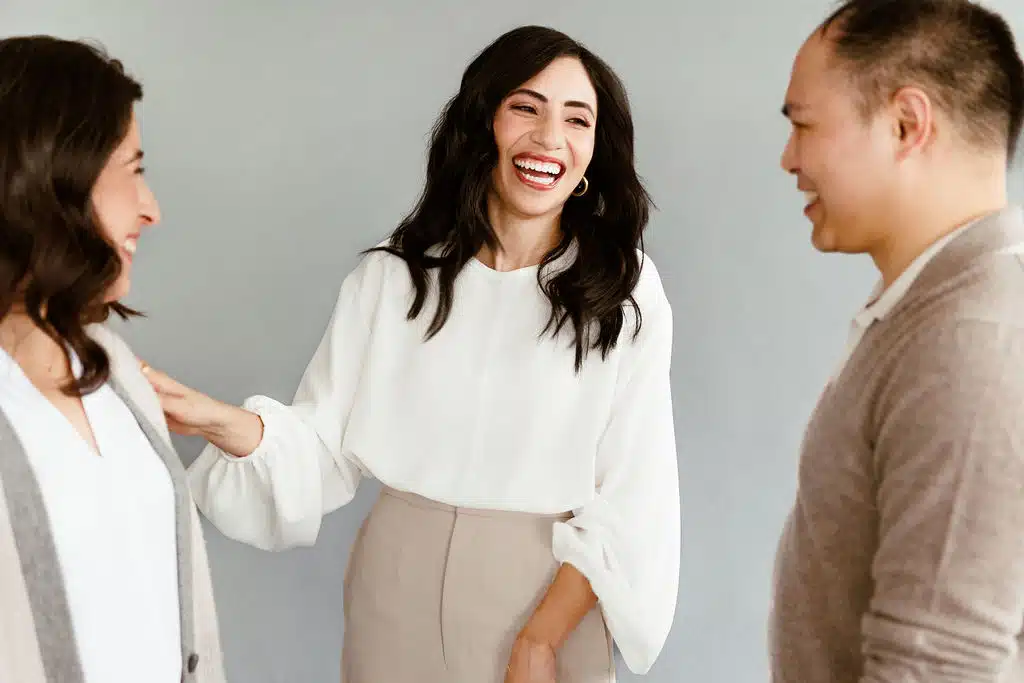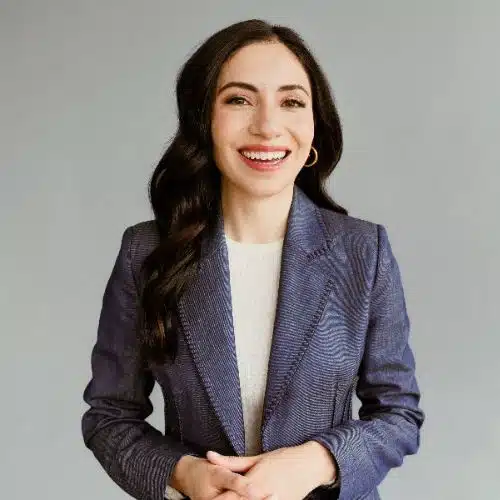As professional stylists, we understand the struggles of figuring out men’s workwear style. Navigating office dress codes, especially nowadays, can be a real challenge.
That’s why we’ve created this guide to make your life easier. We’re breaking down every dress code, from business formal to casual Fridays. From years of styling professionals, we know how you can look sharp and feel confident no matter where you work.
But before we dive into casual, business casual, and formal workwear, let’s see how we got here. Why are dress codes so confusing?
Table of Contents
How Workwear Dress Codes Have Changed Over Time
In the beginning, there was workwear. Okay, not really. Dress codes have a long history as does all of fashion. The business suit rose into existence in the 18th century, for example. But the office dress codes we think about didn’t originate until the early 20th century. They were a way to maintain professionalism in the workplace.
Pretty much until 2020, these rules stuck. Dress codes were typically more formal and clearly defined by each office. Suits, ties, and dress shoes were the norm for many offices, not just finance, legal, or political fields. Though this might have felt stuffy to some, the upside was everyone knew the rules.
Then came COVID-19, and fashion as a whole made a dramatic shift towards the casual. Remote work became more common and folks embraced comfort above traditional workwear.
(We all remember the days of choosing “soft pants” like joggers and sweats over “hard pants” like trousers.)
But where are we now?
Well, the good news is that you don’t have to pick a side. You can still look put together and be comfortable. Keep reading to learn how to make workwear style your own without sacrificing ease or professionalism.
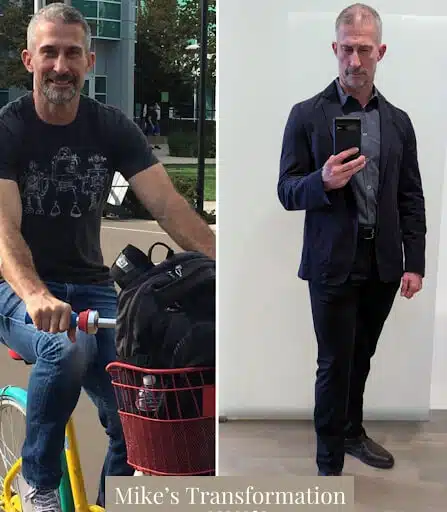
A before and after image of our client, Mike. Click the image to read his story.
Why Does It Matter What I Wear To Work?
Your workwear style matters because first impressions are crucial. Studies show that people form long-lasting opinions about you within seconds of meeting you. As you climb your career ladder, peers, clients, and leaders will evaluate you on more than your achievements. They’ll also be paying close attention to your overall appearance.
What does this include? Well, clothes are certainly a big part of that. But it doesn’t stop there. This also includes what you say, how you carry yourself, your interests, and how you interact with others. You’re selling yourself every step of the way.
If people evaluate you based on the “whole package”, there are some things you just won’t be able to control. But one thing you can manage is your style. You can choose clothes, cologne, shoes, and grooming habits that make the right impression.
But it can be tough to go it alone. So why not give yourself a leg up and work with a professional stylist? You’re an expert in your field; they’re an expert in theirs. Find a stylist with years of experience styling men like yourself so you can save time and energy. This could be your shortcut to achieving great style.
Isn’t it great to have one less thing to worry about?
What Colors Should I Choose for Stylish Men’s Workwear?
There are no right or wrong colors to wear to the office. However, the most professional colors are black, grey, white, and navy.
People have a lot of opinions about the “right” and “wrong” colors for someone to wear. (Cue the endless march of “color analysts” you’ll find online now.) But all of that is outdated and wrong.
Anyone can wear just about any color. What matters is intentionality.
This is where the Next Level Wardrobe Style System comes in. Our style system works on three principles:
- Focus on core colors
- Prioritize fit
- Quality over quantity
That first principle, focus on core colors, is where you need to start.
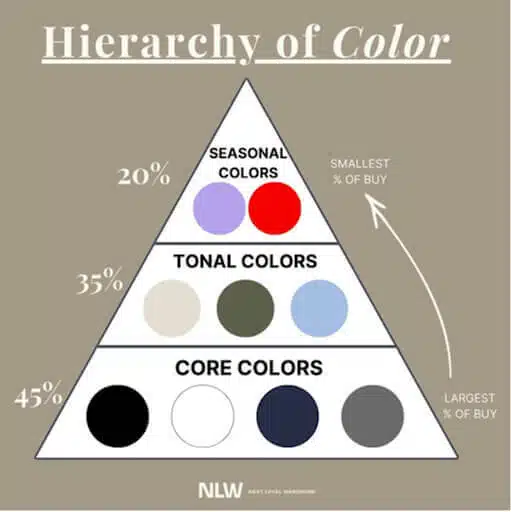
- Core Colors
Core colors should make up the largest portion of your closet. They include black, white, navy blue, grey, and white. We call these core colors because they form the foundation of any good wardrobe. Why? They’re easy to mix and match, look good on everyone, and form a neutral base to build off of. - Tonal Colors
The next largest section of your wardrobe should be dedicated to “tonal colors”. These are shades, tints, and textures of those original neutral colors. These add visual interest to your outfits without being too loud.
- Colors and Patterns
Finally, the smallest percentage of your closet goes to seasonal colors and patterns. This is where you can throw in your accent pieces, like a red sweater or a patterned jacket. These get the smallest third because they should act as accents, the cherry on top of a great look.
Use our graphic above as a template to find the perfect ratio for your lifestyle and work.
Now that we’ve covered the basics, it’s time to take dress codes. We’ll walk you through each one and our top product recommendations.
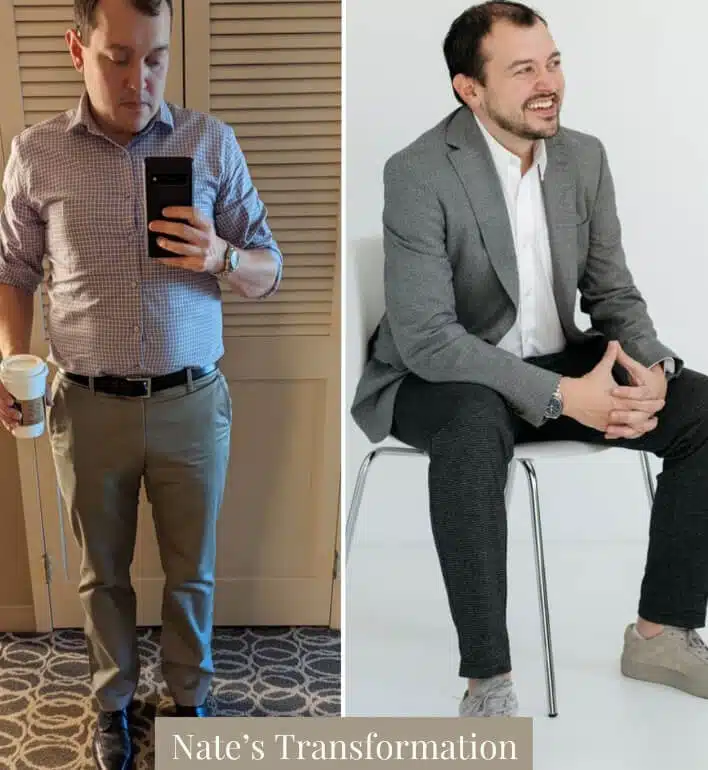
A before and after image of our client, Nate. Click the image to read his story.

Now, let’s explore the three types of workwear styles suitable for all types of offices.
Men’s Workwear Dress Code: Casual
Maybe you work in a creative field or you’re in one of those ”no dress code” West Coast offices. Whichever it is, you can still look stylish even when you work outside of “traditional” or “conventional” work environments.
To achieve this men’s workwear style, we recommend opting for well-fitting, well-made pieces in more casual fabrics.
This means, for example, opting for jeans instead of trousers, but not just any jeans. They shouldn’t have rips or sag. They should be in a solid (preferably dark) wash and fit you. They should break at the top of your shoes or just a centimeter or two below. Or this could mean instead of wearing a suit, you wear a jacket or bomber jacket over a tee.
These small changes help keep you looking sharp and feeling comfortable.
Our Top 3 Casual Essentials
- Casual Layering Pieces

Product by Mr.P, shop here.
- Knit Tops

Product by Mr. P, shop here.
- Pants
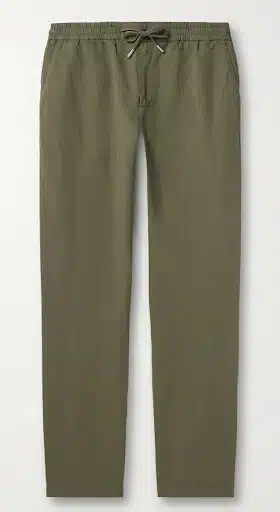
Product by Mr. P, shop here.
Who is this for?
This is for the fashion-forward guy who wants to play with texture and color. These men’s workwear pants are certainly not your dad’s work pants. The drawstring waist is excellent for comfort and any body transitions you might go through. Our male clients are always a huge fan of these.
Stylist tip: If the knit of the top is too much for you, no worries. You’re just dipping your toes into the style pool. Instead, go for a solid color in (you guessed it) black, grey, white, or navy.
Men’s Workwear Dress Code: Business Casual or Power Casual
Men’s business casual is perhaps the most common dress code we encounter. It’s that in-between of old school and new school. Which can also sometimes make it the most confusing.
What’s too dressed up? What’s not dressed up enough?
What we recommend here is to think of business casual as power casual. AKA, casual plus. Instead of drawstring pants, go for a pair with a zipper. You can incorporate trousers, corduroys, or a great pair of linen pants for a summer business casual dress code.
You can also spruce up your choice of shoes with loafers or chukkas. The idea here is to elevate your choices just a notch or two.
Our Top 3 Business Casual Essentials
- Sweaters
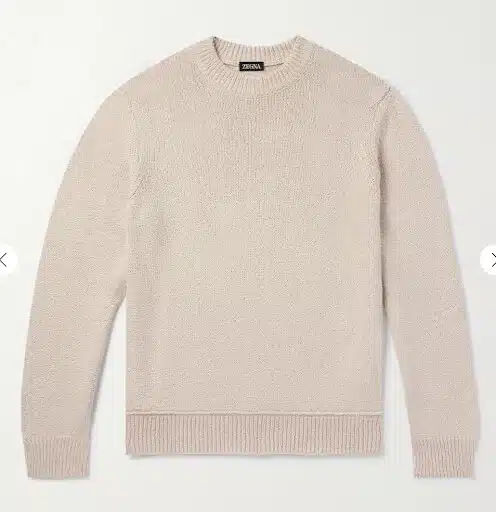
Product by Zegna, shop here.
- Pants
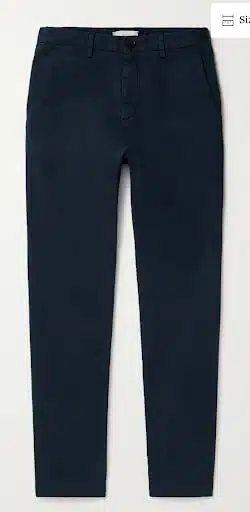
Product by Mr. P, shop here.
- Shoes
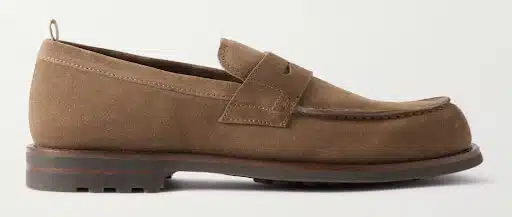
Product by Officine Creative, shop here.
Who is this for?
We typically see guys wear a lot of dark colors because coordinating colors can be tricky. Also, some men are color blind, which makes it more challenging to figure out what items to pair with what.
But when you use ‘The NLW Style System’ you can’t go wrong! Notice how we’re using a core color here in a traditional chino men’s workwear pant. But we lightened up the top half with this luxe tan sweater.
Stylist tip: Need to take this look from the office to dinner? Add on a sportscoat. Or if you need to dress down, you can wear a cool pair of sneakers instead.
Men’s Workwear Dress Code: Formal
Sometimes dressing like a CEO means you get to buck tradition and add casual touches to your look. But other times, nailing men’s CEO style means going formal.
This is where you need to rely on your HR department to confirm what business formal means in your office. Some offices accept nothing less than a suit. If that’s the case, we recommend getting a black, grey, and navy suit to start. These suits give you options, with the navy and grey suits reading as more approachable. The black suit you can save for meetings with investors or other important occasions.
But if you have the wiggle room, we say you can still do separates. You can partner a knit top with traditional trousers, and add on dress shoes. You’ll still look polished without seeming uptight.
Our Top 3 Formal Essentials
- Knit Top

Product by The Row, shop here.
- Suit Pants
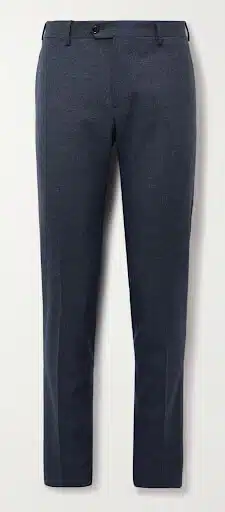
Product by Lardini, shop here.
- Shoes

Product by Grenson, shop here.
Who is this for?
This outfit is for the guy who wants to be modern and have his own point of view. But, without trying too hard. Set yourself apart from the crowd while still making powerful first impressions.
As you can see, this look with the knit top makes your ensemble much more approachable. The trousers fit the classic description of men’s workwear pants, but updated. The dress shoes tie it all together and add an extra dash of sophistication.
Stylist tip: If you need to make your ensemble more formal, add structure with a blazer on top.
Need help to level up your men’s workwear style?
Apply for Next Level Wardrobe’s men’s styling services. We’ll streamline and take the stress out of getting dressed every morning with our easy-to-follow system and hands-on approach.


